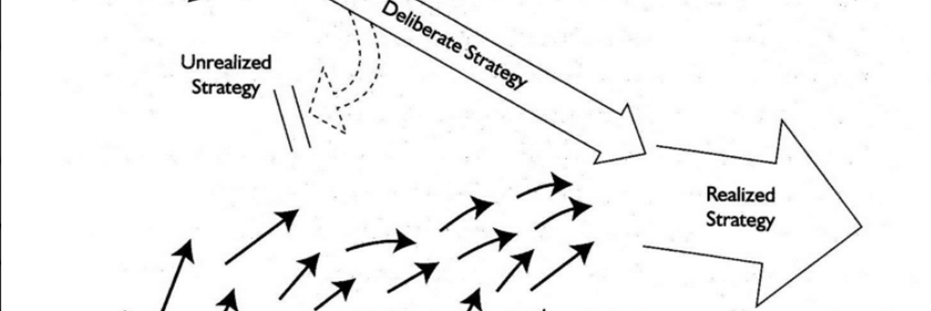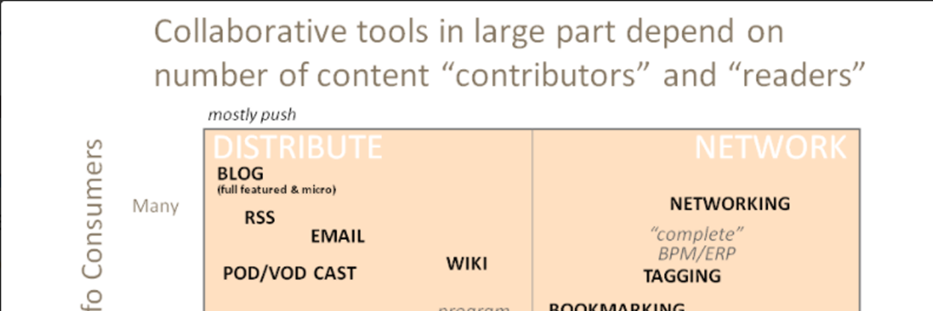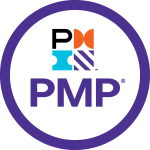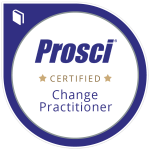Safe Execution: Business-IT risk discussion

Getting away from C-I-NO! Discuss Business-IT risk more rationally by considering the 4A’s of Availability (of business processes), Access (by the right people), Accuracy (of the information) and Agility (of change). But the most critical element is start the dialogue with IT.
Change Leadership- Traversing the emotional cycles of change

Traversing the emotional cycles of change is critical to successful change leadership- achieving business results. With research, now common belief, that more than 2/3 of transformation efforts fail, we explore an analogy of significant change with the documented stages of cancer patients.
The Calculus of Capabilities- An integrated maturity model

We present two foundational, integrated maturity frameworks as a follow-up to our previous post “The Calculus of Capabilities“, where we explored various capability maturity models (CMMs) by reverse engineering nearly 20 common CMMs.
The Calculus of Capabilities

In The Calculus of Capabilities we explore the breadth of approximately 20 common capability maturity models (CMMs), and we observed from our reverse engineering the linkage between maturity-level and scope-of-involvement. We propose a 5-level progression as a CMM base framework.
Great Teams Require Great Communication

Great teams require great communication, as communications is highly correlated with team success. We developed an analytic frame to consider the number of contributors versus the number of readers. We then mapped current enterprise uses and common tools to illustrate “neighborhoods” of communication.
2012 Year-end Favorites- An Overview

One of our mostly-annual series of what we found as our favorites for the year. This year’s year-end favorite categories include Business + Economics, Management, Change Leadership, Book, Engagement, and Your Favorite Post (most visited)
Improved Vetting: Social-Business-Inside-The-Enterprise Case Study

Social business methodologies applied inside the enterprise are highlighted in this case study. The case study shares how the engagement delivered on two fronts: 1) business outcomes (WHAT) and 2) social business outcomes (HOW- including capability building). The vetting process engaged a mix of remote (world-wide) and face-to-face (local) leaders and staff very early in the spin-out’s lifecycle, further accelerating the change.
What to do with the strategy-pak: A starter list

“Like most tools, our strategy-pak(sm) framework has little value unless you put it to use.” We present a starter list of potential uses (WHY) for our Strategy Pak(sm), including best practice checklist, common language, cascading linkages, and planning framework (strategy, strategic planning, analysis and vetting).
Communicate Strategy for Effect

Communicate strategy for effect is one of our perennially most popular articles based on Google Analytics as communications is the glue within the enterprise, projects, change efforts, etc. We share a time-tested frame considering target audience, objective, key messages, how delivered, when delivered, and who delivers.
Enterprise Analysis Framework- Planning for outcomes

“As we work through strategy, there is a natural cascade, or progression, from “why” to “what” to “how”. We need to drive the directional thinking (“why” and “what”) down into execution (“how”) because, and we should keep reminding ourselves of this, at the end of the day we need to deliver business results”






